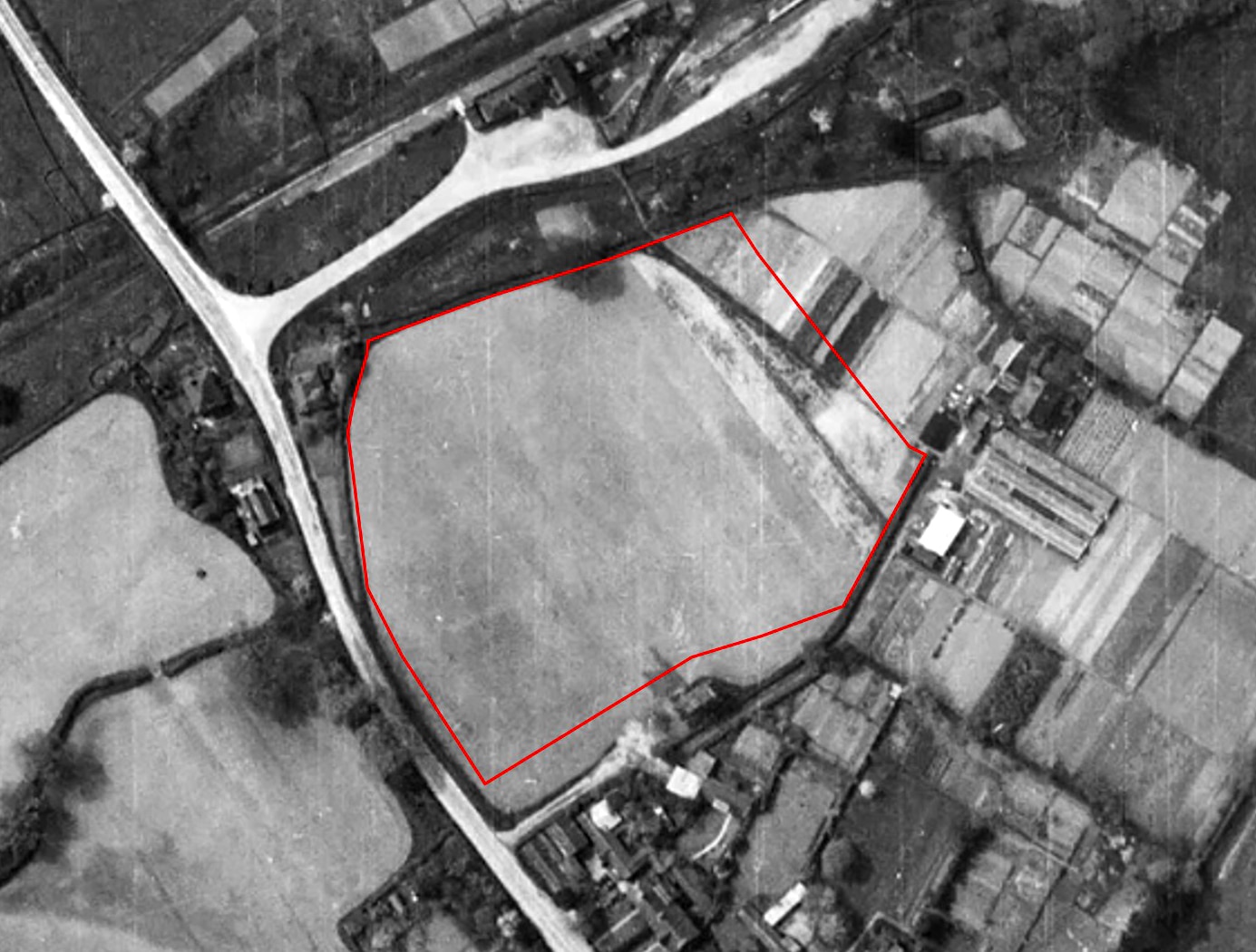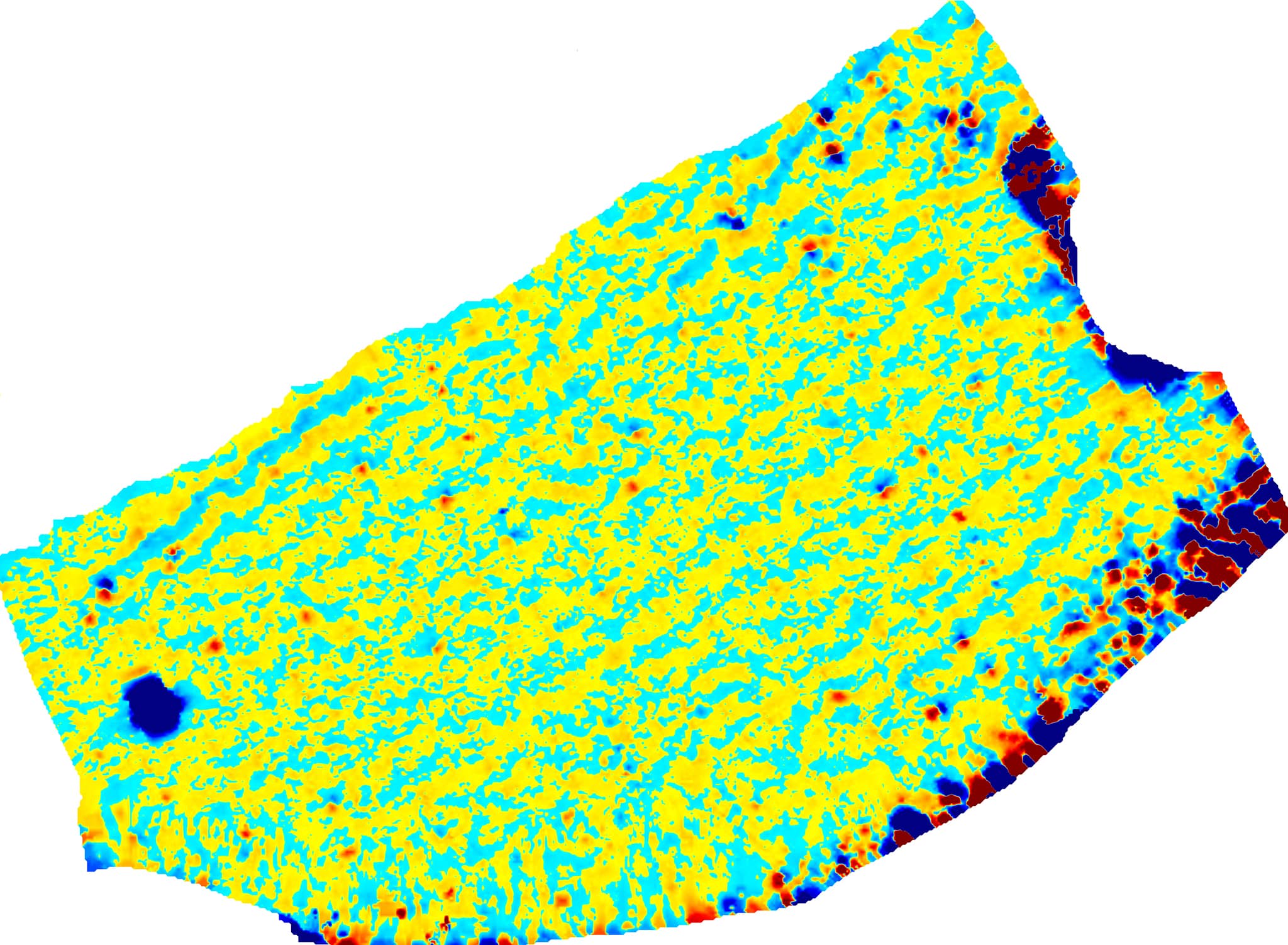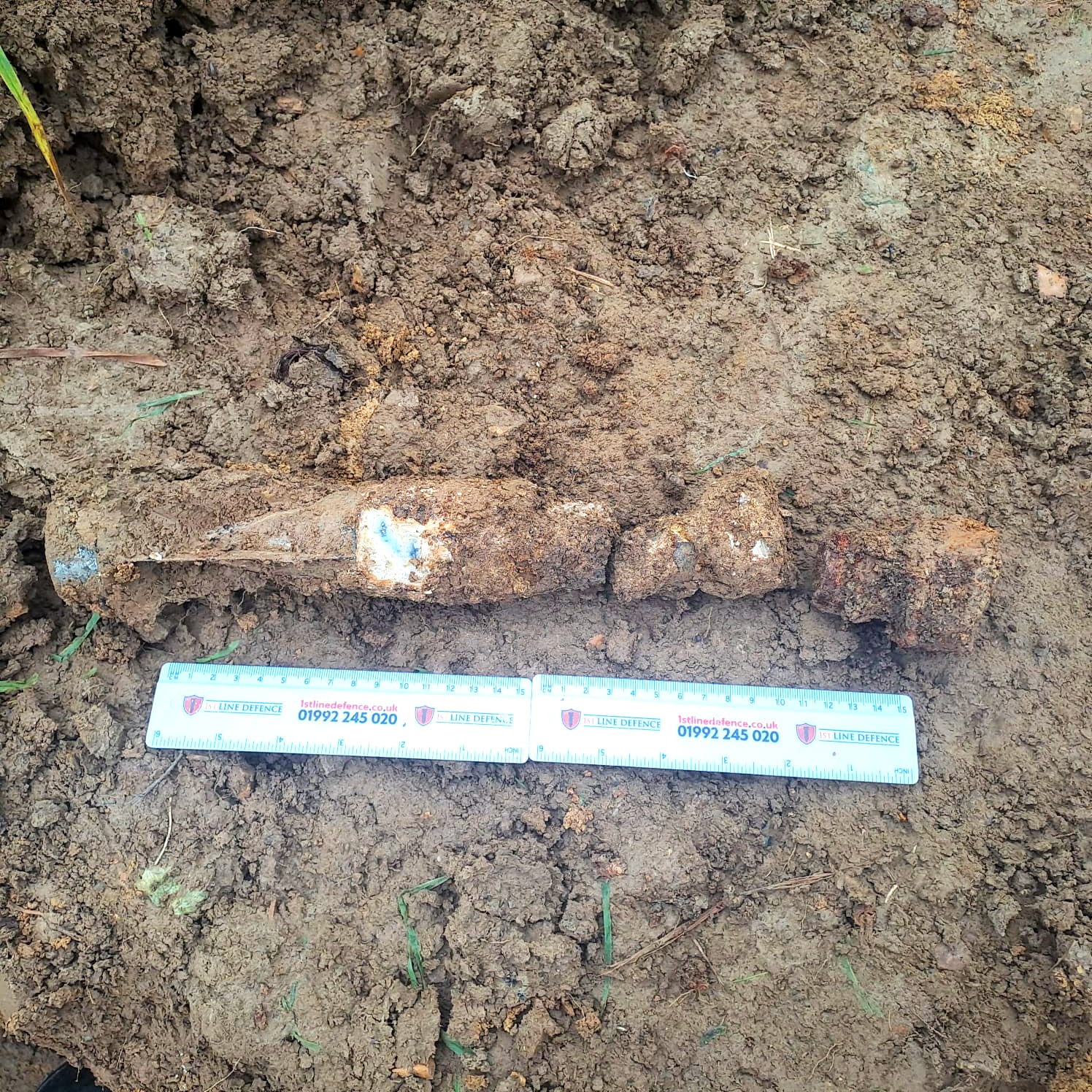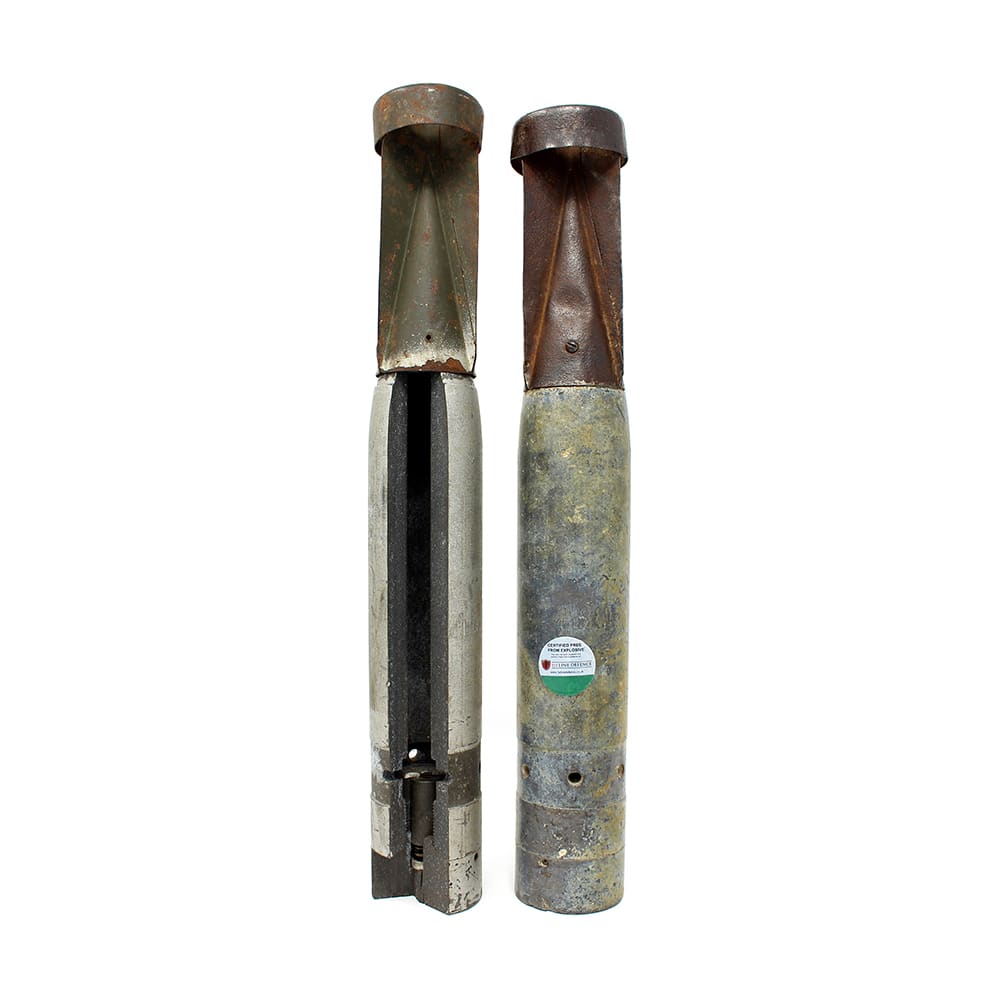In October 2024, 1st Line Defence was approached by our client to provide a UXO Risk Assessment prior to a proposed residential development located near a small village in East Sussex.
The historical research found evidence that the site was located in a rural district that sustained an overall low density of bombing during WWII. The district was not a priority target for the Luftwaffe, and although it was subject to ‘tip and run’ raids – Home Office statistics recorded an average of only eight items of ordnance per 1,000 acres.
A bomb map for the county below shows the generally sporadic nature of the attacks that the area sustained.
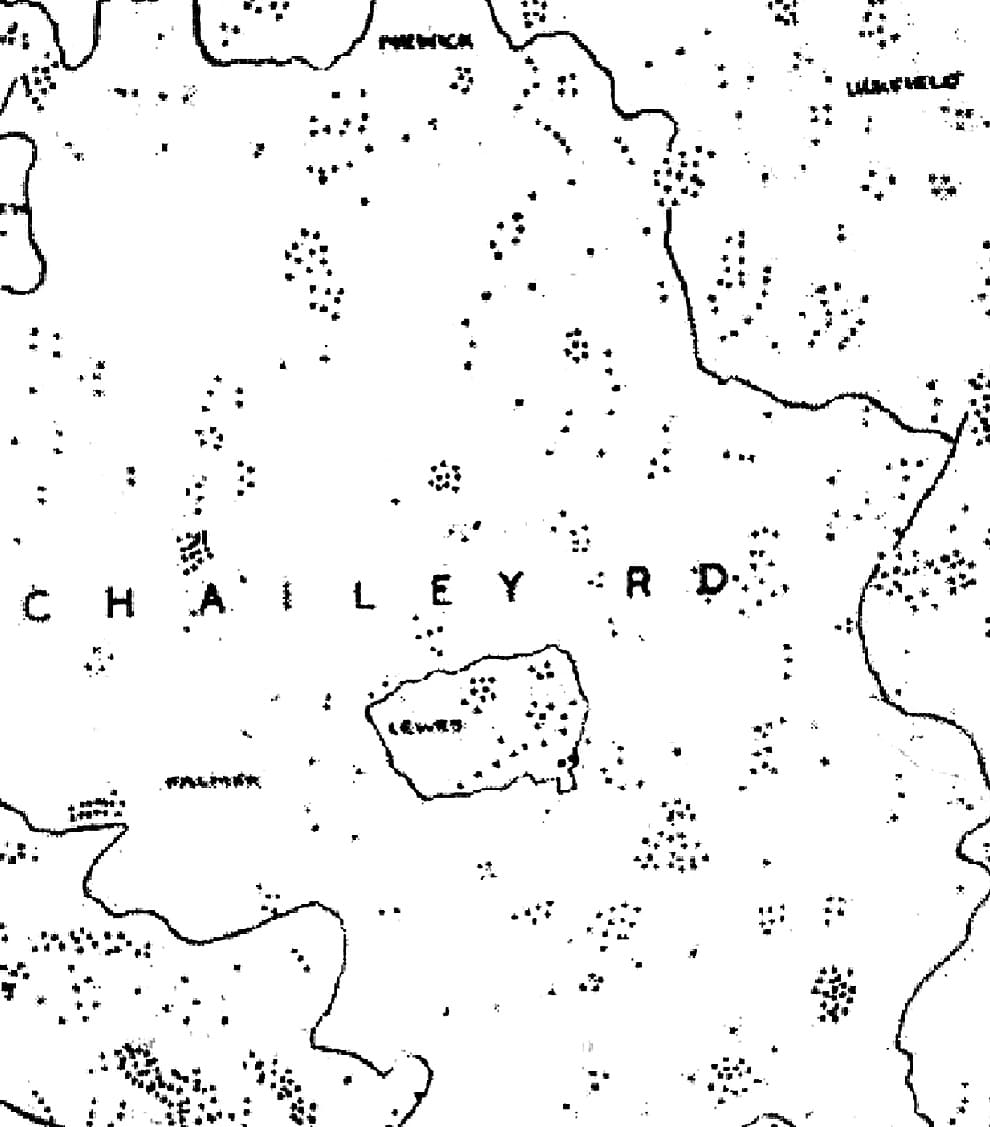
High explosive (HE) bomb extract map for East Sussex.
Analysis of the written bomb incident records obtained from the local archives indicated that for most of the war, the site escaped any significant Luftwaffe bombardment. This was not surprising because aside from a railway station, nothing of any particular interest was discovered that may have been intended as a viable target. The site itself was just an open field, with no buildings or infrastructure present.
However, one surprising reference was found about a fairly large bombing raid across the area early in 1944, the evidence reported that multiple canisters of incendiary and anti-personnel bombs were reportedly dropped in the vicinity of the site and boundary. The report referenced both unexploded and exploded 1kg Incendiary Bombs (IBs) falling around the station, which bordered the site area to its west – and on a cottage to the immediate south.
This observation was of some concern due to the fact that IB containers could hold anything between 36 and over 600 bombs at any given time. When deployed, the containers of IBs opened in a ‘shower’ over the target area. Given their small size, if IBs failed to function, they could easily go unnoticed on open/undeveloped land – such as the field where development was being proposed.
Based on the above findings, a Detailed UXO Risk Assessment was recommended and concluded that there was a ‘Medium-Risk’ that the site area could be contaminated with IBs. Due to this observation, a UXO Survey of the site was recommended prior to any intrusive groundworks being undertaken.
Aerial photography of the site location and boundary – circa 1947. Image source: Historic England.
Due to the ground conditions and type of UXO risk involved, a Non-intrusive UXO Survey was recommended and undertaken by a two-person ‘walkover’ team in November 2024. A Magneto MXPDA magnetometer system was utilised for the survey, which comprised an array of fluxgate gradiometers on a metal free/non-magnetic pushcart. The collected data was interpreted using Magneto software, designed to model the mass, depth and location of magnetic anomalies.
During data interpretation, a total of 156 anomalies were identified and selected for further investigation. In December 2024, we deployed a two-man Target Investigation team to investigate the anomalies. Using a GPS system, the team located the position of each anomaly and undertook excavations to investigate each target.
Many of the items were identified as agricultural in nature (horseshoes, nails, bolts, bars and brackets) however, we also recovered 19 items of unexploded or partially functioned 1kg German IBs.
Data visualisation of the contamination discovered following a Non-intrusive UXO Survey. Image source: 1st Line Defence.
1st Line Defence operatives contacted the police and Ministry of Defence (MoD) to inform them of the UXO discoveries. It was requested by the MoD that the disposal of the items be carried out by a suitably qualified organisation in line with HSE guidance. The client asked 1st Line Defence to assist with the UXO Disposal operations, and an Explosive Management & Disposal Plan was created for our client.
1st Line Defence disposed of all UXO-related finds discovered on-site, the risk of UXO contamination was deemed to have been reduced to as low as reasonably practicable (ALARP), and client proceeded with the project as planned.
Our client also made sure that a UXO Safety and Awareness Briefing was provided to all ground personnel and machine operators as an additional precaution.
Image showing one of the expended 1kg German Incendiary Bombs discovered on-site by the Target Investigation team at East Sussex. Image source: 1st Line Defence.
What is a 1kg German Incendiary Bomb?
The 1kg IB was one of the most common air-delivered devices dropped by the Luftwaffe during WWII. They were designed to start fires, and were dropped in their thousands over cities and towns across the UK.
Measuring just over 13.5 inches in length (4.74 inches of which was the steel tail section that was riveted to the main body), and two inches in diameter, they were initiated by a small percussion charge in the nose. Filled with thermite and with a magnesium alloy body, they burned at around 2000oC.
1kg B1E, B1EZE, B1EZB Incendiary Bomb
To defeat the efforts of the fire services, a small explosive charge was sometimes used in the tail or nose of the 1kg IBs that was either ignited by the heat itself or by means of a delayed action device.
The bombs were most commonly released from containers which would open, and the IBs would be scattered over the target area.
In the early part of the war, these were usually expendable, aimable types, designated AB (Abwurf Behalter) or BSK (BombenSchaltKasten), holding some 36 B1 El’s. After the container was released, after a short delay, the opening device would function. The two halves of the container would hinge outward, and the bombs inside would fall free.
Image showing a 1kg German Incendiary Bomb. Image source: 1st Line Defence.
Do you need to get your project assessed for UXO risk?
If you want to get your project assessed for UXO contamination, contact us on +44 (0) 1992 245020 or info@1stlinedefence.co.uk for more information.
